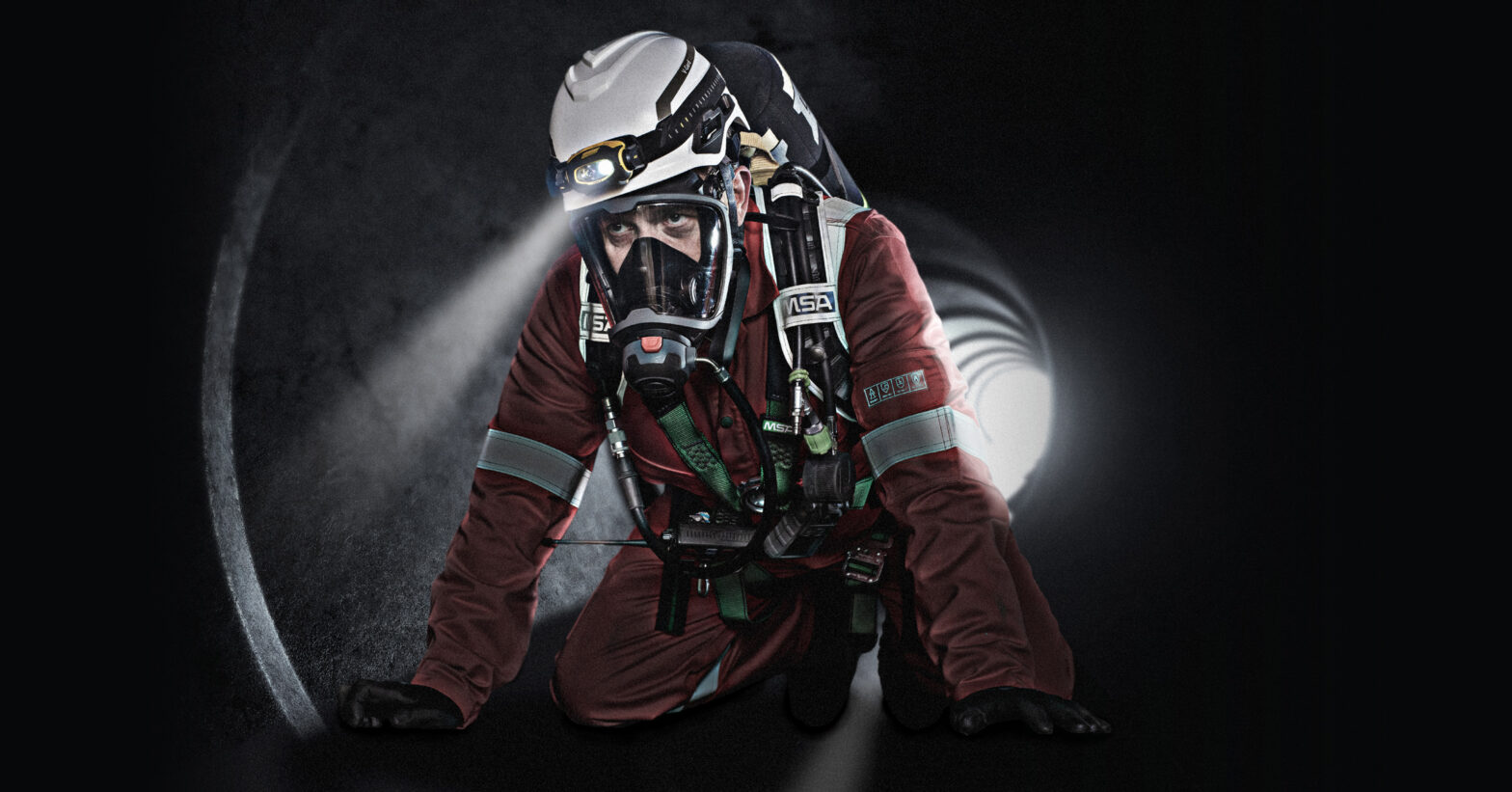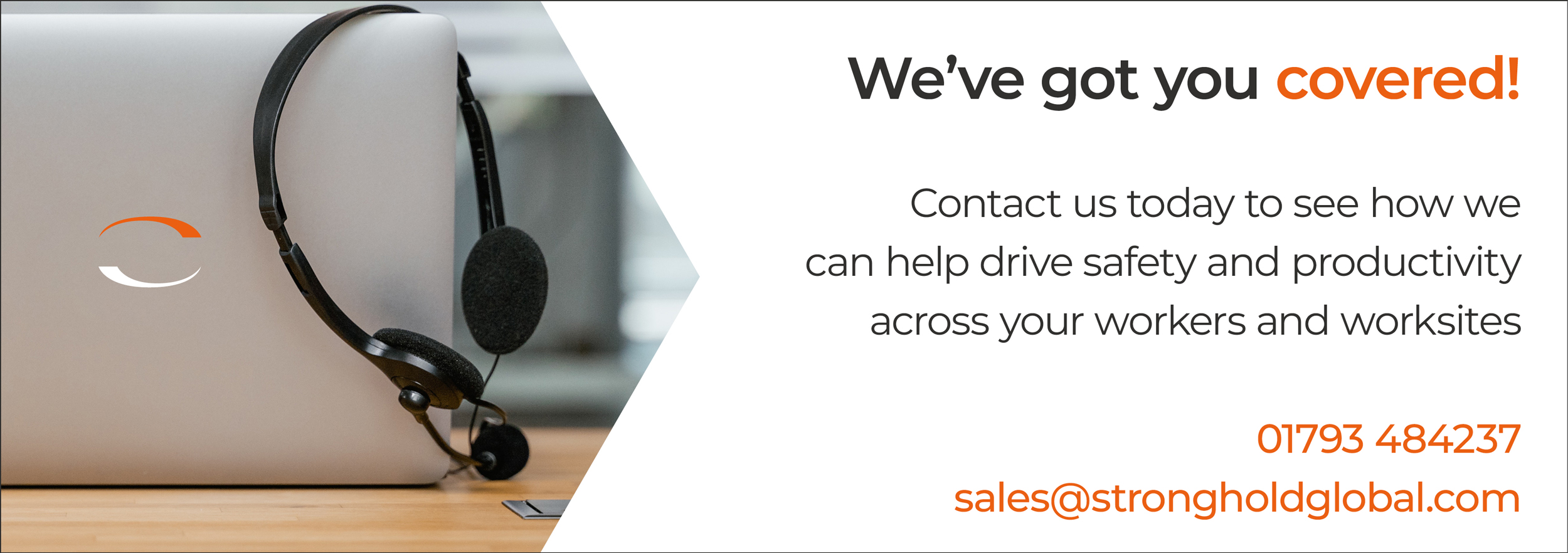
Working in confined spaces presents unique and significant hazards that can lead to serious injuries or fatalities. A confined space is defined as any substantially enclosed space with a risk of serious injury due to hazardous substances, lack of oxygen, or dangerous conditions. Examples include silos, tanks, sewers, and underground chambers.
This blog explores the risks, safety measures, and essential equipment that can help mitigate these hazards, focusing on Personal Protective Equipment (PPE), fall protection, and gas detection tools.
The Risks of Working in Confined Spaces
Confined spaces pose several dangers, including oxygen deficiency, toxic gas exposure, fire or explosion, and physical hazards. Oxygen deficiency can occur when gases displace oxygen, or chemical reactions consume it. Toxic gases such as carbon monoxide (CO) and hydrogen sulphide (H₂S) are common threats that can lead to poisoning or death. Fire or explosion risks arise from the accumulation of flammable gases like methane, which can ignite under certain conditions. Additionally, physical hazards such as falls, collapsing structures, and the risk of entrapment make working in confined spaces inherently dangerous.
The Health and Safety Executive (HSE) reported 123 workplace fatalities in 2022/23, with many linked to hazardous environments like confined spaces. Falls from height accounted for 40 fatalities, highlighting the significant risk associated with entry and exit in such areas. Moreover, respiratory diseases and toxic gas exposure remain leading contributors to workplace illnesses and injuries. Notably, 57% of confined space fatalities occur because these spaces were not identified as hazardous, leading to severe consequences such as loss of life and legal implications, emphasising the need for proper assessment and safety protocols.
A high percentage of accidents occur among rescuers who lack proper training or equipment. This underscores the importance of having well-prepared rescue plans and specialised training to ensure safety during emergency responses.
Identifying Confined Spaces
Recognising and identifying confined spaces is the first step toward ensuring safety. The Confined Spaces Regulations define a confined space as any place, including chambers, tanks, silos, pits, trenches, pipes, sewers, and wells, where there is a reasonably foreseeable risk of serious injury from hazardous substances or conditions within the space or nearby. Employers can reduce the likelihood of accidents and fatalities by adequately assessing and marking these spaces.
Safety Measures for Confined Spaces
Implementing robust safety measures is not just a requirement, but a crucial step towards ensuring your safety in confined spaces. These measures, including the use of appropriate Personal Protective Equipment (PPE), fall protection systems, and gas detection tools, are tailored to address specific risks, providing you with a sense of security and protection.
- Personal Protective Equipment (PPE)
PPE serves as the first line of defence against confined space hazards. Respiratory protective equipment, such as full-face respirators or self-contained breathing apparatus (SCBA), is essential for preventing inhalation of toxic gases or oxygen-deficient air. Protective clothing, including fire-retardant suits and chemical-resistant overalls, provides additional protection against flammable environments and hazardous substances. Gloves and boots also play a vital role, with anti-slip and puncture-resistant footwear ensuring stability on uneven or sharp surfaces, while chemical-resistant gloves protect against harmful materials.
- Fall Protection Systems
Falls are a significant risk during confined space entry and exit. Full-body harnesses offer secure support during vertical entry or while working near open edges. Lanyards and lifelines, including self-retracting lifelines (SRLs) and shock-absorbing variants, safeguard workers during ascent or descent. Tripods and winches are equally essential, providing stable anchor points for controlled entry and facilitating emergency retrieval operations.
- Gas Detection Equipment
Monitoring air quality is critical to ensuring safety. Single-gas detectors are designed to monitor specific gases, such as CO or H₂S, while multi-gas detectors can simultaneously detect oxygen levels, flammable gases, and multiple toxic substances. For permanent confined spaces, fixed gas detection systems offer continuous atmospheric monitoring, ensuring safety at all times.
Training Essentials for Safe Entry
Training is vital to ensure workers’ safety in confined spaces. Workers must be trained to recognise hazards, use safety equipment properly, and respond effectively to emergencies. This includes understanding the risks associated with confined spaces, practising rescue plans, and conducting regular safety drills. Training ensures that workers and rescuers are adequately prepared to prevent accidents and respond promptly in case of emergencies.
Practical Applications of Safety Measures
In silo maintenance, workers entering a grain silo may rely on gas detectors to ensure oxygen levels are safe. They often use SCBA for respiratory protection and depend on a tripod winch system for fall protection and emergency retrieval. Similarly, multi-gas detectors are essential for monitoring methane and hydrogen sulphide levels in underground sewer inspections, while chemical-resistant PPE protects workers from biohazards. When cleaning chemical storage tanks, workers might wear fire-retardant clothing, full-face respirators, and anti-slip boots to mitigate exposure to hazardous substances and reduce the risk of injury.
Regulatory Guidelines and Compliance
Adhering to the guidelines set by the HSE and other regulatory bodies is vital. The Confined Spaces Regulations 1997, which outline specific duties for employers and employees to provide a safe working environment, require employers to conduct thorough risk assessments, implement safe work systems, and prepare emergency procedures. Compliance with these regulations helps to ensure that safety measures are consistently applied and updated.
Creating a Safety-First Culture
As an employer, you have the power to foster a workplace culture that prioritises safety. By providing continuous training, encouraging adherence to safety practices, and conducting regular safety drills, you empower your employees to actively participate in their own safety. This sense of responsibility can significantly reduce the risks associated with confined spaces.
Conclusion
Understanding and addressing the risks of confined spaces is crucial, but it’s not enough. To maintain a safe working environment, both employers and workers must commit to continuous education and strict adherence to safety protocols. This dedication to safety is the key to reducing the dangers of working in these environments.





![stronghold global logo[94]](https://www.strongholdglobal.com/wp-content/uploads/2022/03/Stronghold-Global-Logo94.png)




